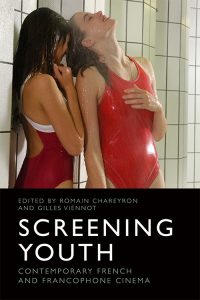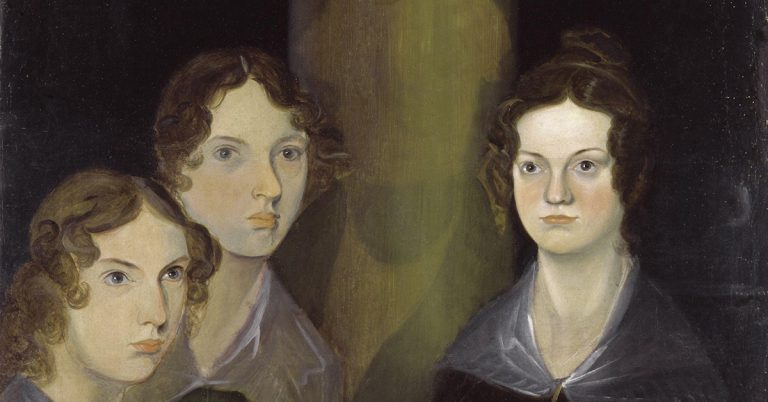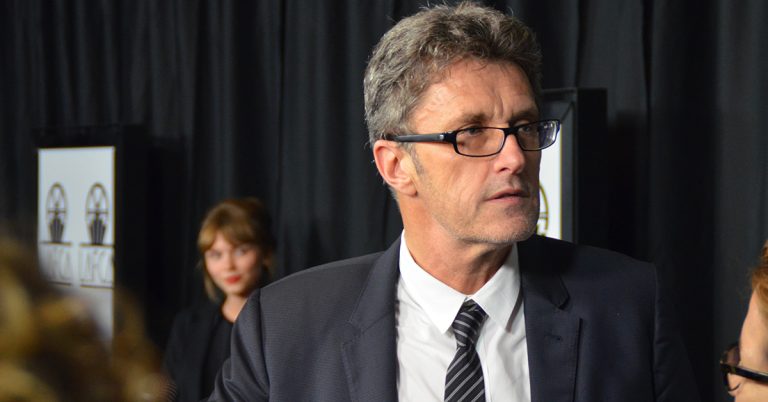
The initial impulse for our book, Screening Youth, originated from the observation that, while the topic of youth has informed a great variety of productions over the years, little work had been done from an academic perspective to investigate this trend in a French and Francophone context. As Timothy Shary notes:
‘Numerous studies and books have been written on the negative and positive effects of media on youth […] yet nearly not as much time or effort has been expended in examinations of how youth are represented by the media’.
Shary, Timothy (2007), ‘Introduction. Youth Shock Culture’ in Shary T. and A. Seibel (eds.) Youth Culture in Global Cinema, Austin: University of Texas Press.
What this comment suggests is that there might be a stronger interest in youth and the media when the former is understood from an economic point of view, that is, when it can benefit the latter. The ways film can help us get a better, more nuanced and true-to-life approach of the complexity and struggles of youth have been somehow overlooked, which is even more blatant when one looks at the topic of youth in a French or Francophone context.
How do film directors approach youth today? Are there discernible narrative and aesthetic patterns at work throughout these films that could help us navigate the intricacies of youth and its various portrayals? How do films about youth inform the viewer about some of society’s most sensitive issues? These are some of the questions we wanted to bring to the fore and that inform the articles in this collection. The various films discussed throughout the collection are first and foremost interested in providing the reader with nuanced and subjective portrayals of youth. One common thread that ties these articles together is the authors’ desire to bring our attention to each director’s take on the topic of youth, and to have the latter be in conversation with today’s societal concerns, so that this particular time in one’s life is not perceived as an idealized realm remote from ‘real life’ considerations. Speaking on a metaphorical level, we can say that these films understand youth as a ‘sound box’, where internal struggles collide with contemporary concerns.
As a genre deeply rooted in American culture, “teen cinema” will not have the same thematic and aesthetic concerns in a French or Francophone setting than it did in the U.S. With its strong culture of auteur cinema, France has always favored intimate portrayals of characters experiencing love, loss and longing, and pondering over the nature of life. This collection thus sets out to discuss how some French and Francophone directors are managing to navigate the idiosyncrasies of French cinema to bring us singular depictions of youth that manage to bypass the straitjacket of auteur cinema while retaining some of its founding principles (an emphasis on the singularity of the director’s vision, a focus on realism, as well as on intimate descriptions of individuals or groups, often intermingled with socioeconomic concerns).
Screening Youth: Contemporary French and Francophone Cinema is available now. Find out more on the Edinburgh University Press website

Romain Chareyron is Assistant Professor of French in the Department of Languages, Literatures and Cultural Studies at the University of Saskatchewan. Before coming to Saskatoon, he held teaching positions at the University of Kansas and Washington State University. Romain’s areas of study include: the representation of gender and sexuality in contemporary French cinema; the reworking of the genres of horror and pornography; the connections between auteur cinema and societal issues, such as immigration, racism and poverty.

Gilles Viennot is Assistant Professor of French in the Department of World Languages, Literatures & Cultures at the University of Arkansas. His areas of study include: contemporary French literature (with an emphasis on Michel Houellebecq); the connections between neoliberalism, technology and family; as well as cinema and TV shows.






